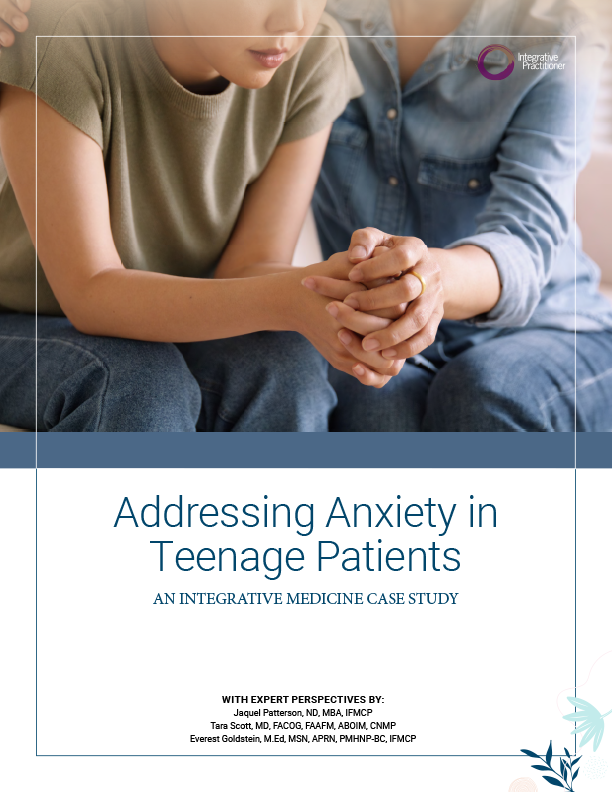New study explores link between obesity and COVID-19
Photo Cred: Neonbrand/Unsplash
By Liz Gold
A recent study investigated the role of obesity in novel coronavirus (COVID-19) symptoms and provides the first in vivo evidence of SARS-CoV-2 infection in human adipose tissue.
Led by researchers from Stanford University, the research demonstrates that human fat tissue is permissive to SARS-CoV-2 infection, and that infection brings an inflammatory response, including the secretion of known inflammatory mediators of severe COVID-19. The study has not yet been subject to peer review.
To test their hypothesis that SARS-CoV-2 infects cells within human adipose and incites an inflammatory response, researchers harvested fat tissue from multiple sources in uninfected obese humans for in vitro infection and obtained autopsy specimens of various adipose depots from those individuals who died from COVID-19. The results showed SARS-CoV-2 infection in macrophages and adipocytes from multiple adipose depots, with an attendant increase in inflammatory profile.
Participants of the study were undergoing bariatric or cardiothoracic surgery. Freshly harvested tissue from the subcutaneous (SAT), visceral (VAT), pericardial (PAT) and epicardial (EAT) adipose tissue depots was subjected to collagenase digestion to separate stromal-vascular cells (SVC) from mature adipocytes.
In the study, two cellular targets of SARS-CoV-2 infection in adipose tissue were identified: mature adipocytes and adipose tissue macrophages. According to researchers, adipose tissue macrophage infection is largely restricted to a highly inflammatory subpopulation of macrophages, present at baseline, that is further activated in response to SARS-CoV-2 infection. Preadipocytes, while not infected, adopt a proinflammatory phenotype.
In addition, the study found that SARS-CoV-2 RNA is detectable in adipocytes in COVID-19 autopsy cases and is associated with an inflammatory infiltrate. The findings indicate that adipose tissue supports SARS-CoV-2 infection and pathogenic inflammation and may therefore explain the link between obesity and severe cases of COVID-19.
While obesity is associated with comorbid conditions also related to severe COVID-19, the independent relative risk of obesity is higher than that of hypertension and type 2 diabetes, the researchers said. Difficulty breathing may result from a heavy chest wall, airway resistance, and/or presence of obstructive sleep apnea. The metabolic environment in obesity, particularly among individuals with insulin resistance, is characterized by systemic inflammation and hypercoagulability and this could stimulate a stronger inflammatory response to SARS-CoV-2. Impaired immune responses to viral infection are another possibility, as obese individuals demonstrate altered immune cell profiles at baseline and in response to influenza infection.
Complex interactions between various cell types and adipocytes can drive significant inflammation, with reports of adipocyte derived chemoattractants, such as monocyte chemoattractant protein-1 (MCP-1), leading to macrophage infiltration, tumor necrosis factor alpha (TNF-ɑ) activating nuclear factor kappa B, and free fatty acids driving toll-like receptor 4-mediated insulin resistance.
The researchers found pronounced and prolonged SARS-CoV-2 viral replication and inflammation might occur in those with obesity and contribute to severe disease. One particular concern, the researchers said, is the possibility that viral infection of peri-organ fat could contribute to organ damage via inflammation and downstream processes such as extracellular matrix deposition or fibrosis, edema, impaired cellular function, endothelial dysfunction, and hypercoagulability.
















